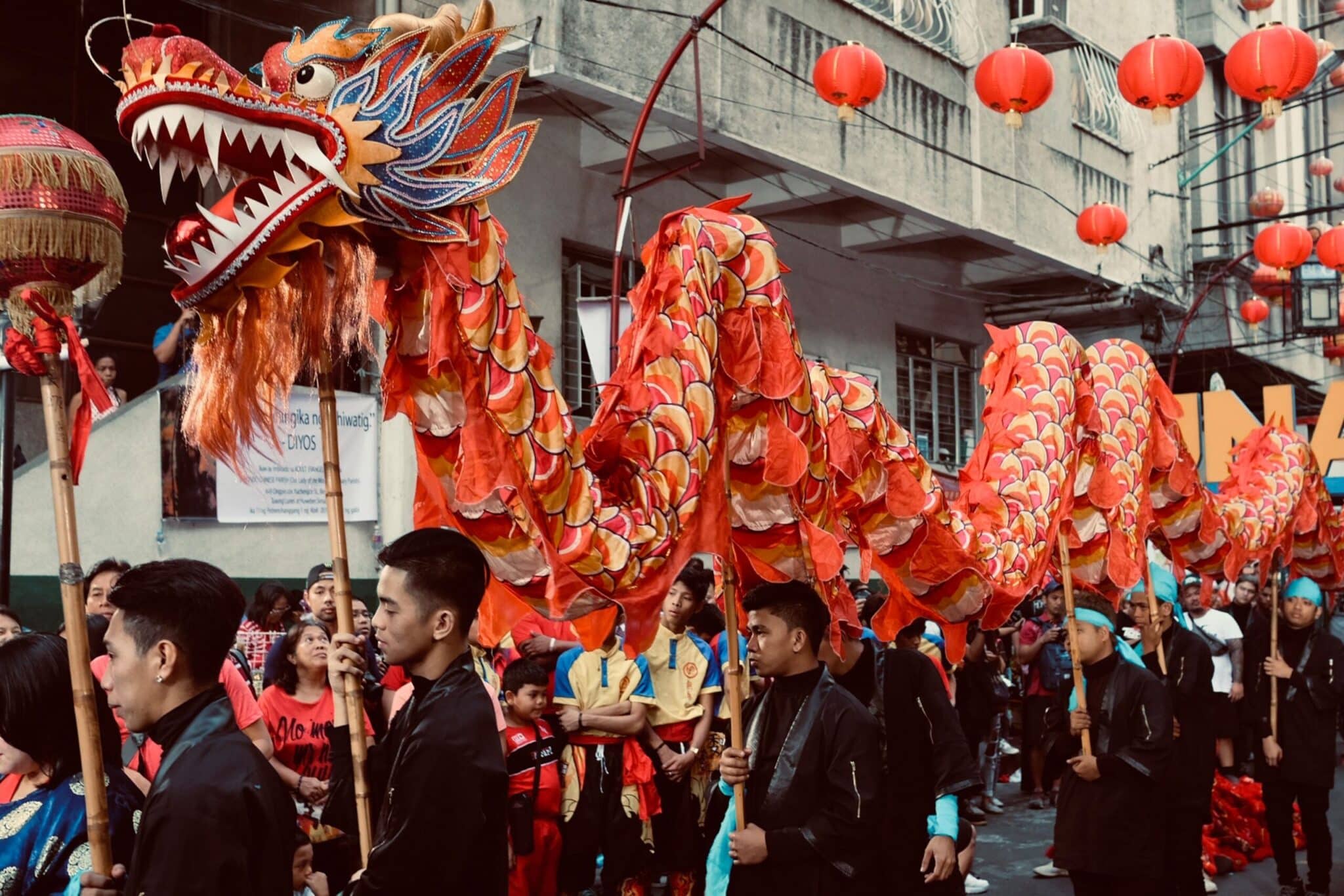THE Chinese New Year is one of the most anticipated and the most important public holidays for the Chinese people.
Also called the Spring Festival, this annual occasion marks the end of the winter and the beginning of spring, which was said to symbolize the “desire for a new life.”
When is the Chinese New Year
The celebration of the Chinese New Year can be dated back to 3,500 years ago during the Shang Dynasty. In Ancient China, people often hold sacrificial ceremonies to honor their gods at the beginning of the year.
Meanwhile, the date for the celebration was first established during the Han Dynasty in 202 BC to 220 AD. In 1941, the occasion was eventually named as the Spring Festival.
The Lunar Calendar
The Chinese New Year often falls on a different day every year because it is based on the lunar calendar and not the Gregorian calendar.
Unlike the western new year’s day celebrations that are consistently held during January 1, the Chinese New Year is held during the second full moon after the winter solstice in December.
Although the celebration dates are inconsistent, the Chinese New Year usually falls between January 21 to February 21.
This year, Chinese New Year falls on January 22.
The Chinese people traditionally celebrate this event for 23 days, but the public celebrations only last for seven days.
At the same time, the Chinese New Year is always associated with 12 different animals that go in a particular order and repeat every 12 years — tiger, rabbit, dragon, snake, horse, goat, monkey, rooster, dog, pig, rat, and ox. Since 2022 was the year of the tiger, this year would go under the rabbit’s guidance.
According to the Buddhist religion, people inherit their characteristics from the animals of their birth year.
The legend
Like other celebrations across the globe, there is also a myth associated with the Spring Festival.
According to an article by the Wake Forest University, the event was celebrated to prevent the mythical beast Nian (Year) from attacking people and causing destruction in the mainland.
The ancient celebrations included offering food in doorsteps, putting up red lanterns and scrolls, and crackling bamboo to scare the monster away.
Banner courtesy: Lad Hara Caingcoy on Unsplash








